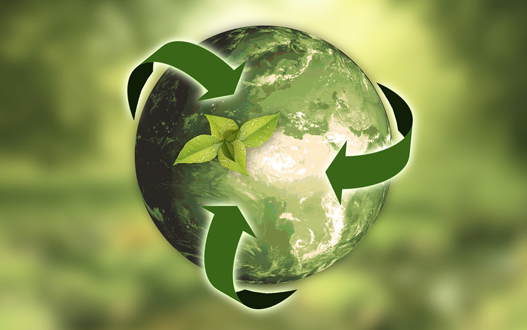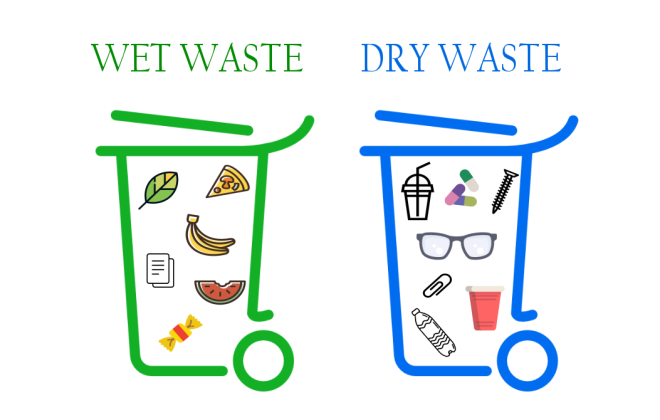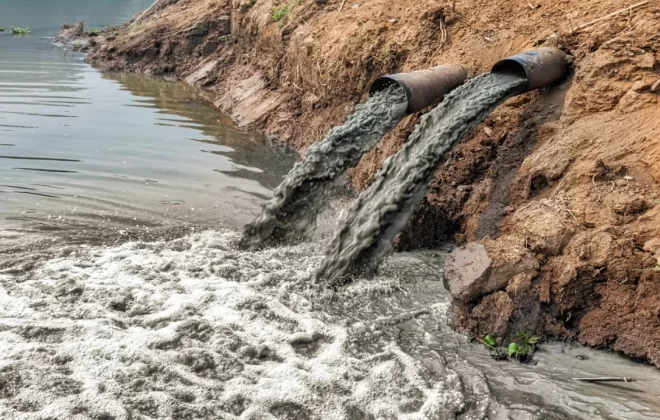What is Dry Waste and Why is Recycling Important?
Dry waste is a type of waste that cannot be decomposed by natural processes and can harm the environment if not disposed of properly. However, recycling dry waste can help reduce the amount of waste in landfills and conserve natural resources. Learn more about what dry waste is and how you can recycle it to benefit the environment.
What is dry waste?
Dry waste is any non-biodegradable waste that cannot be decomposed by natural processes. This includes materials such as plastic, metal, glass, and paper. These materials can take hundreds of years to decompose and can harm the environment if not disposed of properly. Recycling dry waste is important because it helps reduce the amount of waste in landfills and conserves natural resources. By recycling, we can reduce the amount of energy needed to produce new products and reduce greenhouse gas emissions.
Examples of dry waste.
Dry waste includes a variety of materials that cannot be decomposed by natural processes. Some common examples of dry waste include plastic bottles, aluminum cans, glass jars, cardboard boxes, and paper products such as newspapers and magazines. These materials can be recycled and turned into new products, reducing the amount of waste that ends up in landfills and helping to conserve natural resources.
Why is recycling dry waste important?
Recycling dry waste is important for several reasons. First, it helps to reduce the amount of waste that ends up in landfills, which can have negative environmental impacts. Landfills can release harmful gases into the air and contaminate nearby soil and water sources. Additionally, recycling dry waste helps to conserve natural resources by reducing the need for new materials to be extracted and processed. Finally, recycling can also save energy and reduce greenhouse gas emissions, as it takes less energy to recycle materials than it does to produce new ones from raw materials.
Benefits of recycling dry waste.
Recycling dry waste has numerous benefits for the environment and society as a whole. By reducing the amount of waste that ends up in landfills, we can help to prevent harmful environmental impacts such as air and water pollution. Recycling also conserves natural resources by reducing the need for new materials to be extracted and processed, which can help to preserve ecosystems and reduce the carbon footprint of manufacturing processes. Additionally, recycling can create jobs and stimulate economic growth in the recycling industry. Overall, recycling dry waste is an important step towards creating a more sustainable future.
How to properly dispose of dry waste.
Properly disposing of dry waste is crucial for ensuring that it can be recycled and reused. The first step is to separate dry waste from other types of waste, such as organic waste or hazardous waste. This can be done by placing dry waste in a separate bin or bag. Next, check with your local recycling program to see what types of dry waste they accept and how it should be prepared for recycling. Some materials may need to be cleaned or sorted before they can be recycled. Finally, make sure to dispose of dry waste in the appropriate recycling bin or drop-off location. By following these steps, you can help to ensure that your dry waste is recycled and not sent to a landfill.





